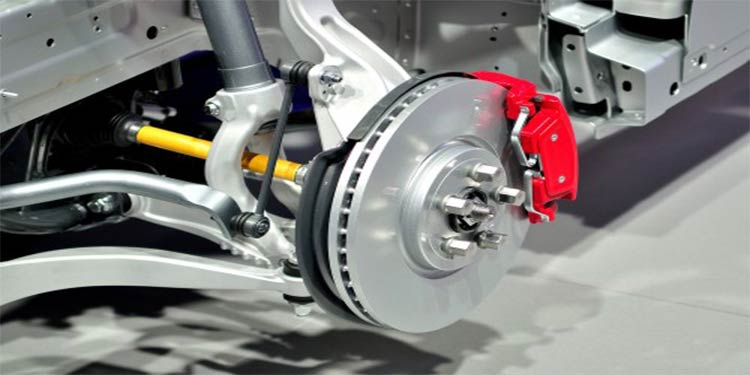
Automotive braking components, like brake caliper, brake shoe, brake line and brake pad, are accountable for producing the braking effect in vehicles. Regenerative braking, ABS and other technological advancements have obtained popularity over the last decade.
Global automotive brake components market can be classified based on vehicle type, product type and sales channel.Disc and drum are two prime brakes used in automobiles.
Disc brake segment is anticipated to grow at a remarkable rate due to high preference and demand for passenger cars in which it is used. In terms of vehicle type, passenger cars are the preferred choice and the tendency is likely to continue during the forecast period, on the back of high demand for SUVs and sedans.
In terms of product type, the market for automotive brake components can be segmented into brake caliper, brake shoe, brake line and brake pad.Floating calipers have high rigidness and rigid mounting, enhancing the performance of brakes.
worldwide, automotive brake components market is obtaining traction and growing in to various regions including Asia-Pacific, North America, Europe, South America and Middle East & Africa.
Asia-Pacific is expected to influence global automotive brake components market during the forecast period, owing to growing vehicle production in economies such as India and China.
Prime players operating in global automotive brake components market include ZF Friedrichshafen AG, Continental AG, Federal-Mogul Holdings LLC, Hitachi Automotive Systems, Ltd., Nisshinbo Holdings, Akebono Brake Corporation, Hitachi Automotive Systems, Ltd., etc.
Main and prime companies are developing advanced technologies and launching new products in order to stay competitive in the market. Other competitive plans include mergers & acquisitions and new product developments. In 2017, Continental AG developed an innovative brake design in which brake discs are mounted on component carrier star.
